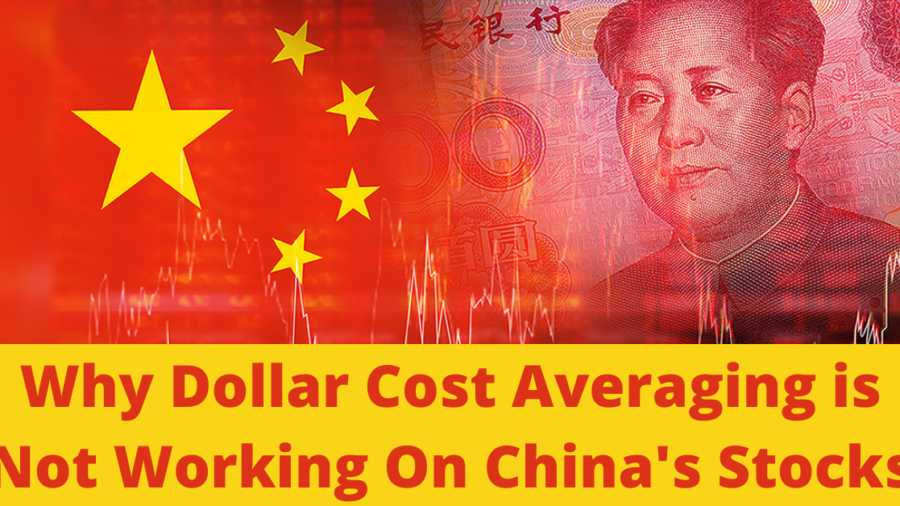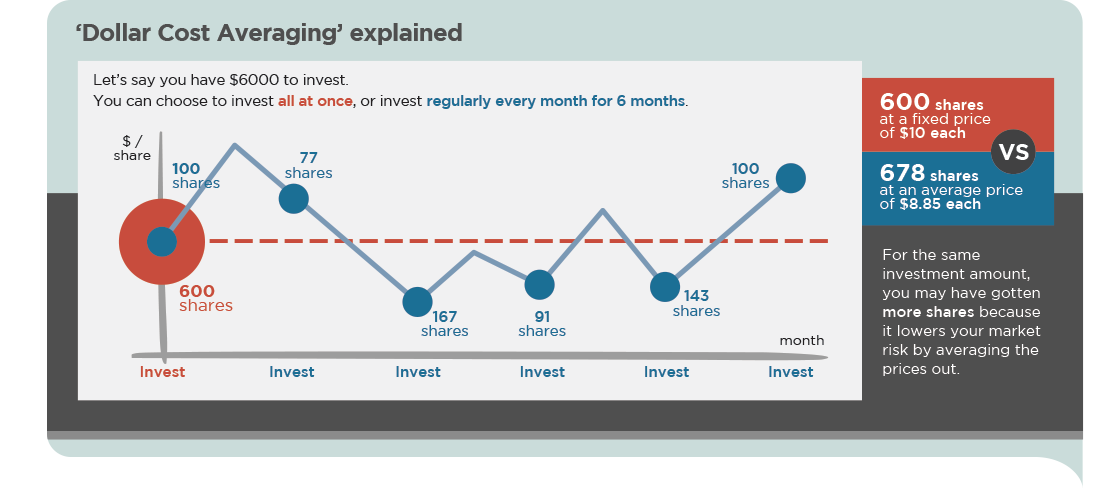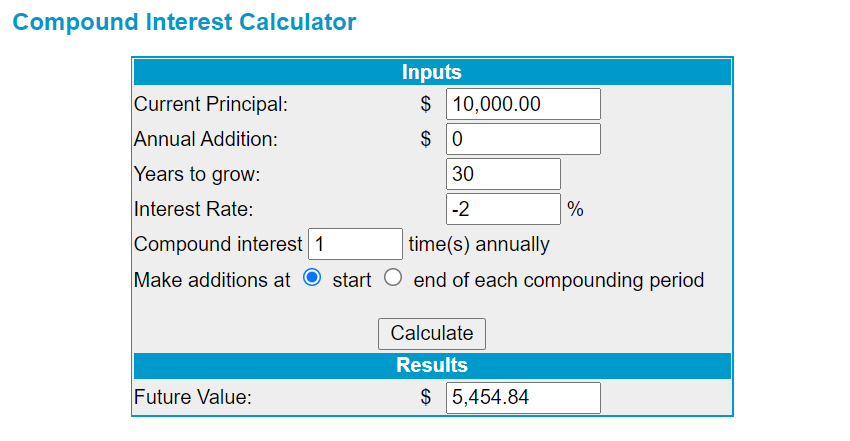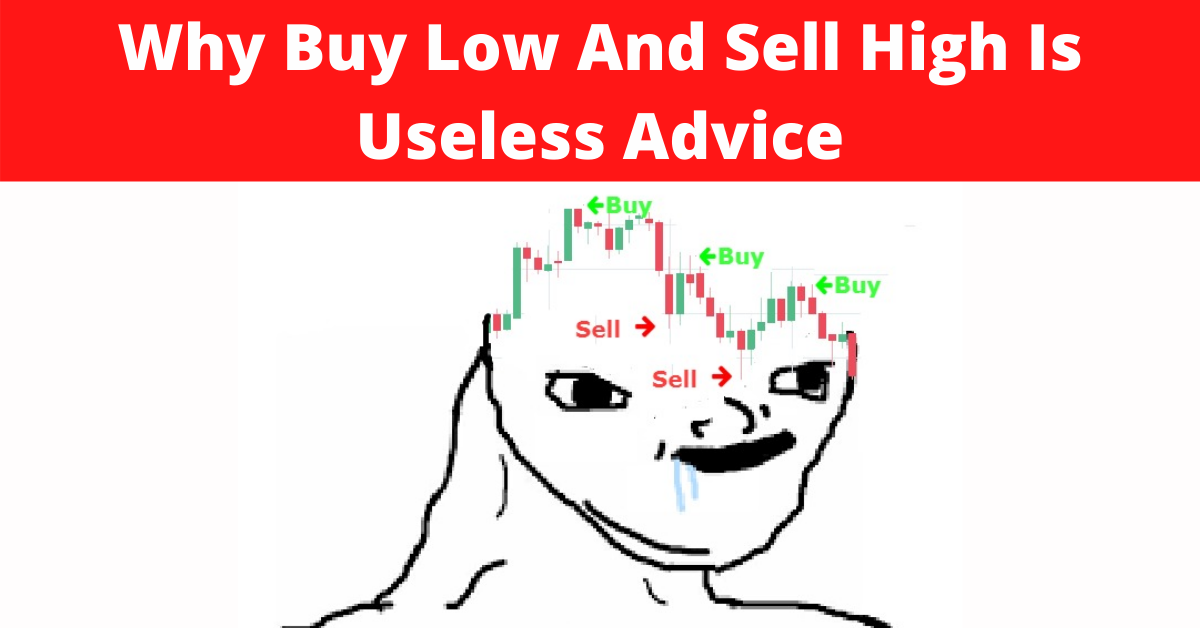After the CPF webinar on April 2021, some of you have been asking if there would be more this year. As 2021 has been an interesting year, I wanted to consolidate all the lessons during this period of time and it took longer than expected. It is already September and in less than 24 days, we will be in our final quarter of the year.
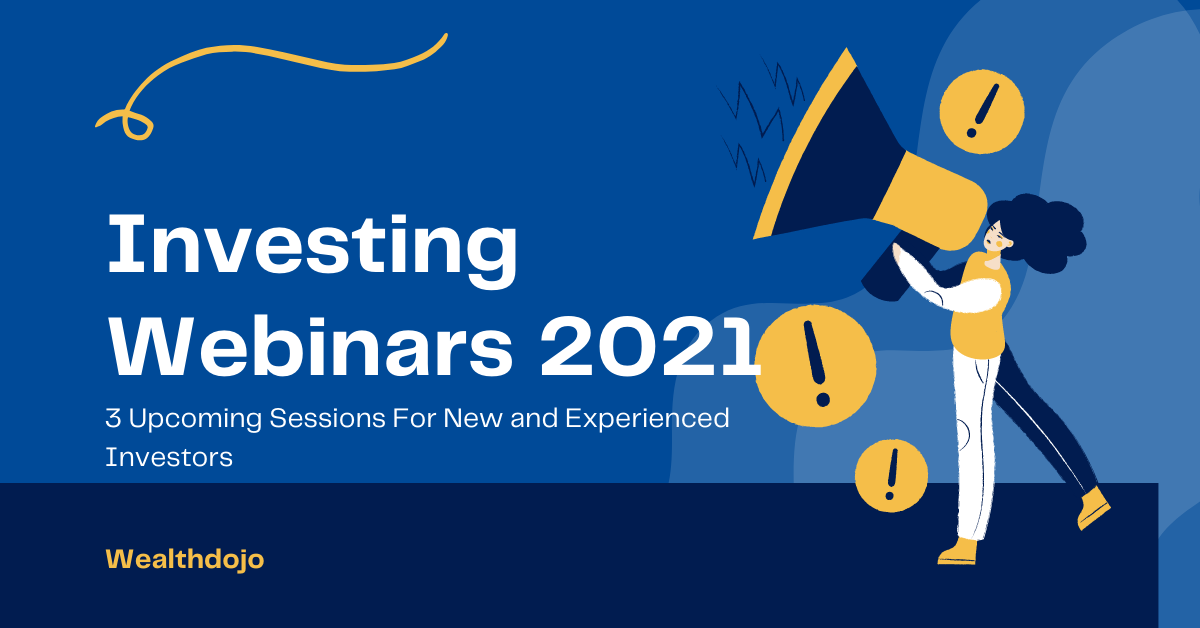
There will be 3 upcoming webinars on various topics. These are suitable for new and experienced investors who wants to compound their money by investing in the stock market. Dates are to be confirmed for now. You can consider joining our Telegram Chat for the latest updates on the webinar.
#1: How to strategically invest for the long term?
In my other article on “Why Buy Term and Invest The Rest is Bad advice“, I uncovered shocking statistics.
- The average holding period of US stocks is 5.5 months.
- The average holding period for SGX stocks is 10 months.
- ETFs are slightly better. The average holding period for ETF is 6 years.
Although most people says that they are a long term investor, the truth as shown by statistics is that not many people are like that. My observation is that most investors especially on YouTube tends to have a shorter horizon in nature.
I believe that investment in the long run is as important as taking care of your health in the long run. The focus on the webinar is on the following.
- Letting market volatility be in your favor.
The market has been volatile recently and it will continue to be like that in future. However, this keeps people from investing as they are always afraid of market crash and correction. Research has again shown that not fully invested will have disastrous effects in the long run. Just missing the five best days when you’re otherwise fully invested drops your overall return by 35%! We will explore how to let market volatility be in our favor.
- Investment Styles
Value Investing has been made popular by Warren Buffett across the decades. However, there is a new investment style called Growth Investing. This has been making rounds across Facebook due to the huge momentum that happened in 2021. Active investment is also back in trend as volatility often invites more players into the market. We will seek to explore the pros and cons of each style and how to potentially combine them together.
- What is my End Game?
It is equally important to know when you can live on your investment portfolio. The transformation of the investment portfolio to serve as an income source for retirement. This is the reason why people start to invest in the first place. We will seek how it all make sense in the grand scheme of things so that you know what’s your end game.
#2: Investment as an income
There are many ways to create income from your investment. There are dividends, bonds, derivatives etc. Seminar #2 is more straightforward than seminar #1. We will explore the following.
- The instruments that are available to create income from your investment
- What kind of instrument might be more suitable for you?
- The AUM (asset under management) needed to have a comfortable income.
This webinar will follow shortly after seminar 1.
#3: How to use SRS as an investment
This is one of my favourite topics and I have wrote extensively on the use of SRS. I have written a guide and here are some links that you should read before attending this workshop.
- Start Here: The $1 SRS Strategy
- Basic Knowledge: 5 things you need to know about SRS when you are 40 and older
- Your SRS Overseas Retirement Guide: 3 things you need to know about SRS if you plan to leave Singapore
- For 40s and above: 10 SRS Investments to Consider Especially if you are 40 and older
- Income Tax and SRS: How Much Is My Income Taxes [2021 Edition]
- How I manage my own SRS (June 2021) [Disclaimer: This is not a buy/sell recommedation]
We will be focusing on what SRS is and how you can use it to investment and retire.
Final Thoughts
It will be a busy one month moving forward as I prepare for the 3 webinars. If you have any feedback, feel free to write to me and I look forward to seeing you for the next webinar.
Take care.
Chengkok is a licensed Financial Services Consultant since 2012. He is an Investment and Critical Illness Specialist. Wealthdojo was created in 2019 to educate and debunk “free financial advice” that was given without context.
Feel Free To Reach Out To Share Your Thoughts.
Contact: 94316449 (Whatsapp) chengkokoh@gmail.com (Email)
Telegram: Wealthdojo [Continuous Learning Channel]
Reviews: About Me
The views and opinions expressed in this publication are those of the author and do not reflect the official policy or position of any other agency, organisation, employer or company. Assumptions made in the analysis are not reflective of the position of any entity other than the author.


